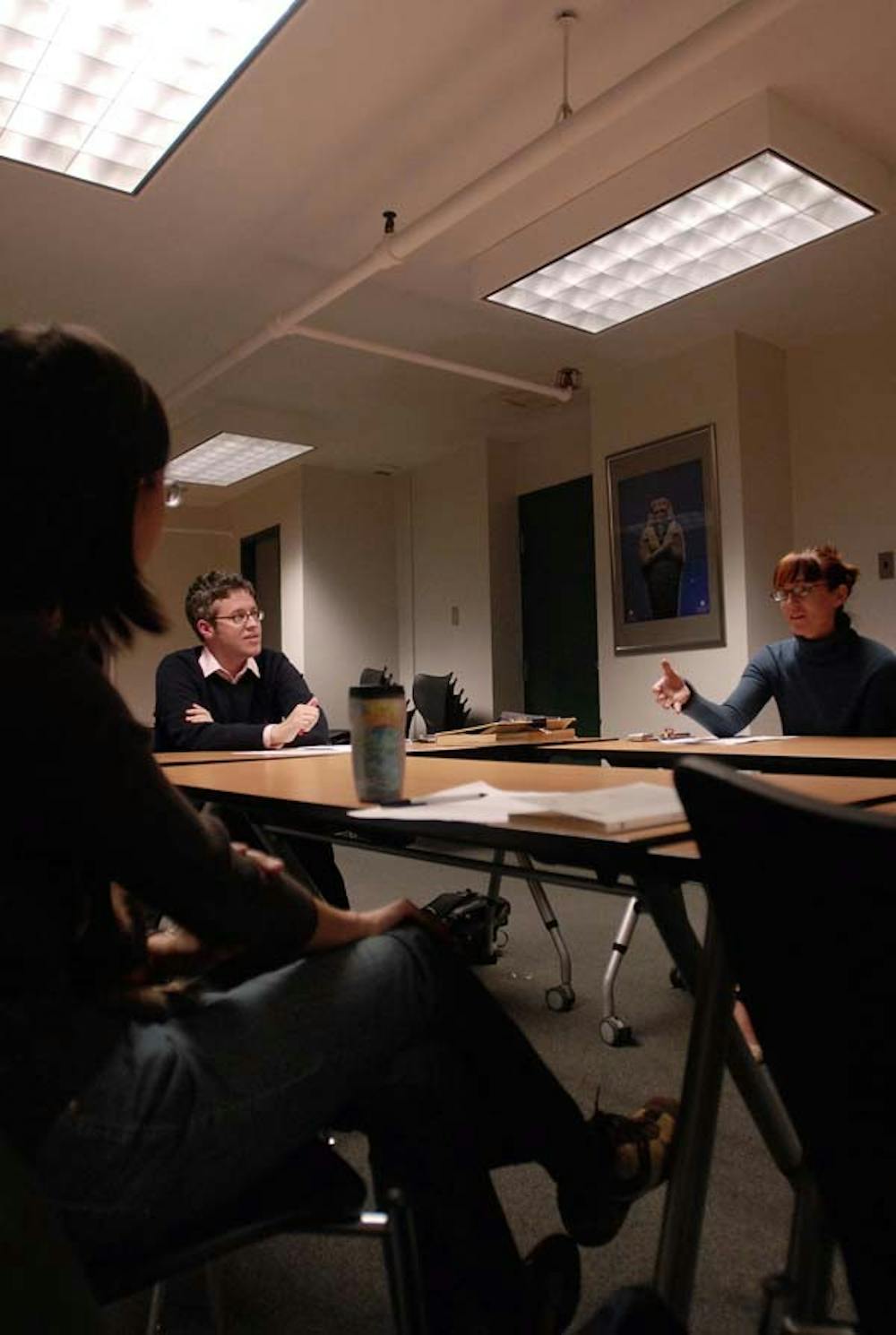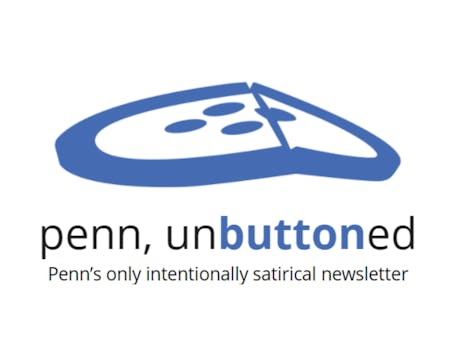
Family, food, Black Friday and traffic jams are just some of the things commonly affiliated with Thanksgiving.
Beyond that, though, the upcoming holiday has a long history dating back to the first American settlers.
Attendees of "Thanksgiving 101," a lecture held at the Graduate Student Center yesterday, learned about the historical origins of Thanksgiving and the facts and fictions behind the holiday.
Andrew Lipman, a Ph.D. student studying early American history, led the discussion.
According to Lipman, historical accounts reveal that there were 100 Pilgrims who set sail on the Mayflower from England to America - only 50 survived the journey.
With the help of the Wampanoag tribe, the Pilgrims were able to grow crops to sustain themselves, and to celebrate a successful fall harvest, the Wampanoag and Pilgrims had a three-day long feast in late September or October.
Lipman said the settlers and natives likely ate on the ground without forks and consumed foods such as turkey, deer, corn, codfish, mussels, cranberries and beer.
"It was much messier and boozier than what we all might think," Lipman said. "But most things in the Thanksgiving myth are, in fact, accurate. Squanto was a real person in the Wampanoag tribe. And they did have a large feast."
However, the first official Thanksgiving feast was not declared until 20 years later.
"Connecticut Puritans started the first Thanksgiving as sort of a fake Christmas since their religion forbade a Christmas celebration," Lipman said.
Abraham Lincoln declared Thanksgiving a national holiday in 1865.
According to Lipman, Lincoln's motive was to reunite the country in the midst of the Civil War and create a symbolic gesture before his reelection campaign.
In 1970, various Native American tribes united to make Thanksgiving a national day of mourning due to the high death rates of natives after the arrival of settlers.
In response to the controversy surrounding the holiday, Lipman said, "the way I deal with this information and still enjoy my pumpkin pie is to think of this holiday critically. I try to understand Thanksgiving as an artifact of American history and think of it in many layers."
A number of the attendees of Lipman's lecture were international students eager to learn about the history behind a uniquely American holiday.
"I attended it because I celebrated Thanksgiving a few times before and I was very curious to see what it was about," said international student Ann Ang, who is currently working toward her Master's in English.
Education grad student Yun-Hsiang Hung agreed.
"I learned a lot," Hung said. "I came to this lecture because I was curious and wanted to know about the history of Thanksgiving since we do not celebrate it in Taiwan."
The Daily Pennsylvanian is an independent, student-run newspaper. Please consider making a donation to support the coverage that shapes the University. Your generosity ensures a future of strong journalism at Penn.
DonatePlease note All comments are eligible for publication in The Daily Pennsylvanian.





